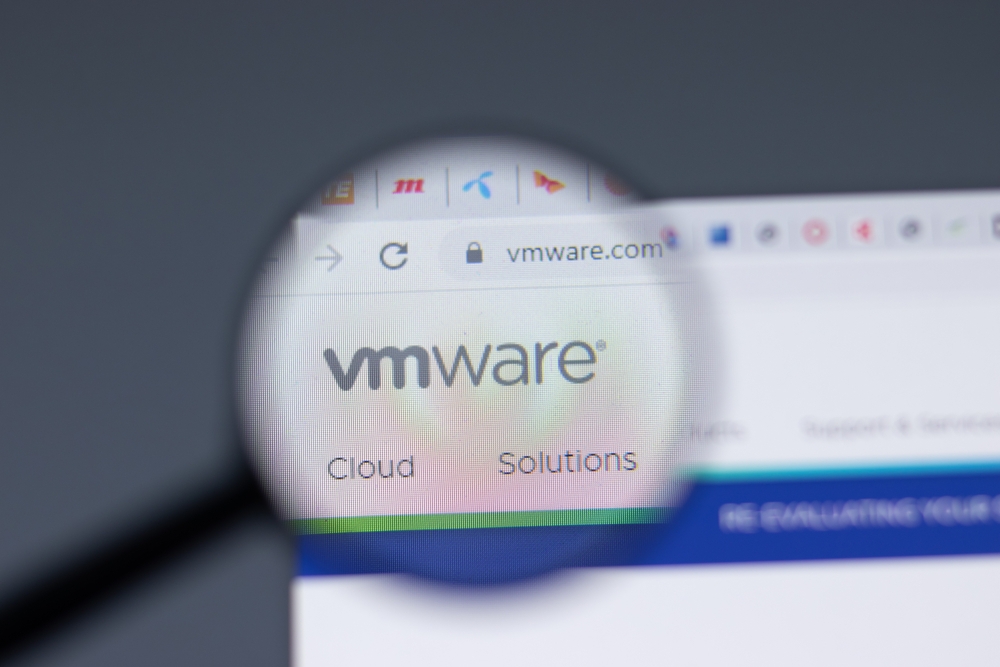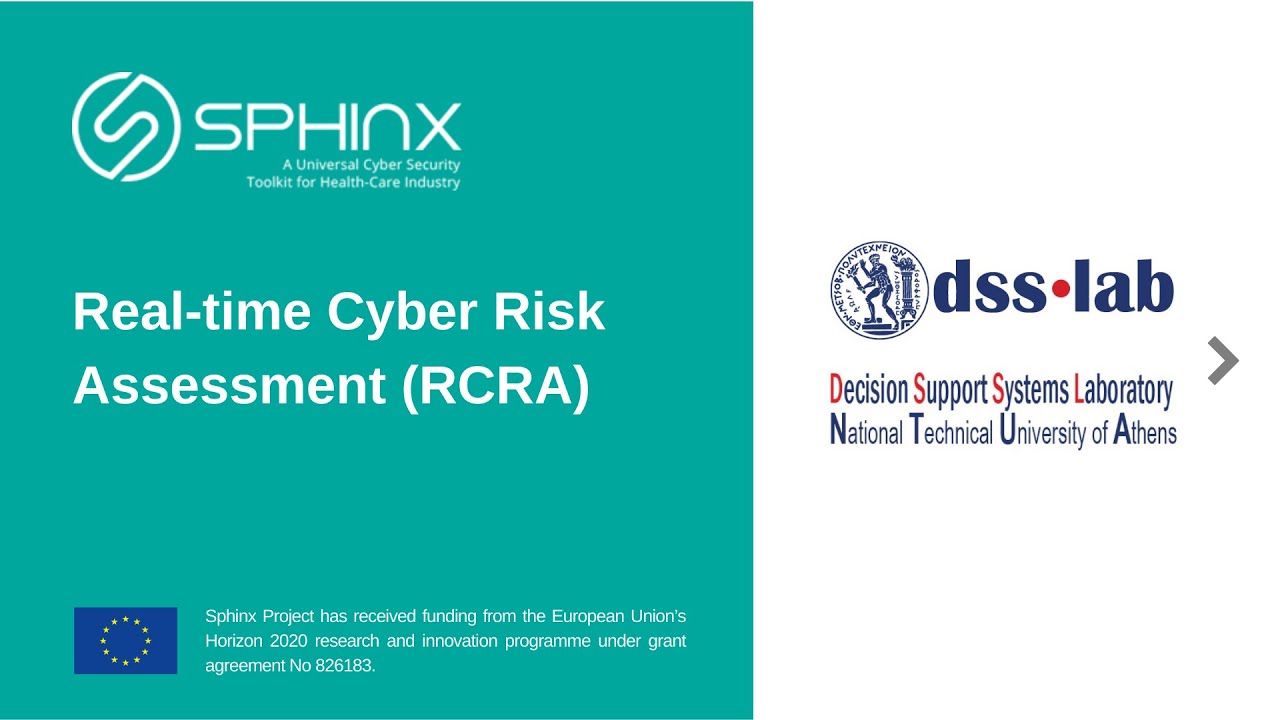Testing Environments Help DHS S&T and CISA Secure Transportation Infrastructure
Strengthening and protecting our nation’s critical cyber infrastructure is a monumental task, one that the Science and Technology Directorate (S&T) takes seriously. Together with the Cybersecurity and Infrastructure Security Agency (CISA), S&T is developing and testing new technologies and tools that will help combat daily threats, both physical and online.
“All critical infrastructure sectors—including the energy, manufacturing, and transportation sectors—rely heavily on sophisticated technologies like industrial control systems, cellular networks, and artificial intelligence,” said S&T program manager Alex Karr. “These are all accessed, monitored, and controlled via the internet, which, in turn, makes them susceptible to hacking, malware attacks, and other malicious activities.”
Our critical infrastructure and associated online networks and technologies play a vital role in ensuring that the most essential services of our government and private sectors can do their job. Because of this, any potential weaknesses that can be exploited, disrupted, or damaged represent a significant threat to the safety of our citizens and our country. “This is why it’s crucial that we do everything we can to boost our online security and make sure we’re ready to respond to any attempts to compromise these crucial services and related systems,” Karr said.
S&T is working with a multi-agency team to do just that, collaborating with CISA, the Idaho National Laboratory (INL), Pacific Northwest National Laboratory (PNNL), and other government and private stakeholders to design and implement two state-of-the-art training tools, both a part of CISA’s Control Environment Laboratory Resource (CELR) test environment. These CELR test environments, one designed by INL and the other by PNNL, will eventually be integrated into CISA’s existing suite of internet security tools.
“CELR test environments are miniaturized test environments that emulate crucial facilities and their associated technologies and physical components,” explained Tim Huddleston, INL program manager for Infrastructure Assurance and Analysis. “They are designed to provide first responders and security…



